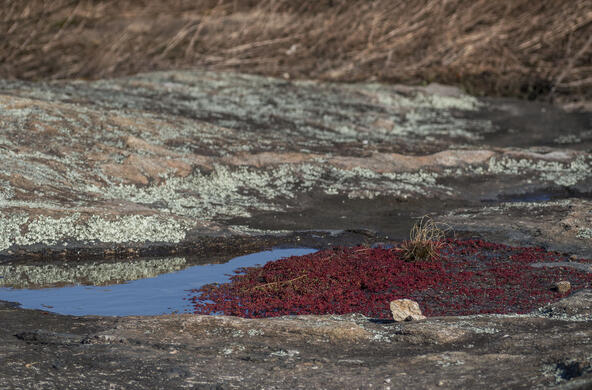Where the surf meets the turf, the world’s coastlines harbor a number of specialized marine habitats, including estuaries, salt marshes and tidal flats.
Many of these are among the Earth’s most productive ecosystems, harboring coastal shell-fisheries and the nursery grounds for larger fish. All of them are subject to inundation by the ongoing rise in sea level, now measured at 3.1 mm/year and destined to accelerate with the melting of the Greenland and Antarctic ice sheets.
Sea-level rise is not uniform around the globe, because some coastal areas are also experiencing uplift or subsidence due to changes in the Earth’s crust. Along the eastern coast of the United States, sea level is rising about 4.5 mm/yr in parts of North Carolina, but only 1.3 mm/yr in Florida or Maine. In North Carolina, the Earth’s crust is subsiding, which exacerbates the underlying rise in sea-level from melting polar ice. Nevertheless, even where the crust is stable, we hear frequent reports of flooding, as in Miami.
Tidal flats are particularly vulnerable to sea-level rise. A new estimate suggests that 16% of the area of tidal flats globally was lost between 1984 and 2016, and losses of coastal wetlands could be as high as 30% by the end of this century. This represents a loss of shell-fish habitat, for example for mussels and clams, and feeding areas for migrating birds. Sea-level rise accounts for a large fraction of the estimated economic costs of climate change, as high as 1.2% of gross domestic product per degree of temperature rise each year for the rest of this century in the United States alone.
Losses of coastal marine ecosystems due to sea-level rise could be mitigated if these systems could migrate inland as the seawaters transgress over coastal lands. One might envision an orderly migration of the coastal habitats inland, albeit with huge impacts on existing coastal developments. One study reports potential gains in coastal wetland area if space to accommodate habitat migration with rising sea level were available. When species adapted to the lower coastline migrate upslope to “high marsh” areas, the rate of carbon storage in the sediments can increase nearly 3-fold.
Preservation of coastal wetlands would be aided by restoring the flow of sediments in rivers, which supply materials for marshes to grow upward as sea level rises. Unfortunately, we have built beach houses, hotels, and major highways along most of the coastline, making an inland migration of natural habitats difficult. The immediate economic gains of coastal development have silenced efforts for rational coastal zone planning, including habitat migration areas, in North Carolina.
We know sea-level rise is happening. We know how to mitigate its impacts on nature and human society. What we don’t know is how to make those who stand to gain by inaction step aside for the betterment of future human society.
References
Gonneea, M.E. and 9 others. 2019. Salt marsh ecosystem restructuring enhances elevation resilience and carbon storage during accelerating relative sea-level rise. Estuarine, Coastal and Shelf Science 217: 56-68.
Hsiang, S. and 11 others. 2017. Estimating economic damage from climate change in the United States. Science 356: 1362-1369.
Kirwan, M.L. and J.P. Megonigal. 2013. Tidal wetland stability in the face of human impacts and sea-level rise. Nature 504: 53-60.
Maan, D.C., B.C. van Prooijen and Z.B. Wang. 2019. Progradation speed of tide-dominated tidal flats decreases stronger than linearly with decreasing sediment availability and linearly with sea-level rise. Geophysical Research Letters 46: doi: 10.1029/2018GL079933
Murray, N.J. and 8 others. 2019. The global distribution and trajectory of tidal flats. Nature 565: 222-225.
Piecuch, C.G. and 7 others. 2018. Origin of spatial variation in US East Coast sea-level trends during 1900-2017. Nature 564: 400-402.
Schuerch, S. and 12 others. 2018. Future response of global coastal wetlands to sea-level rise. Nature 561: 231-234.





